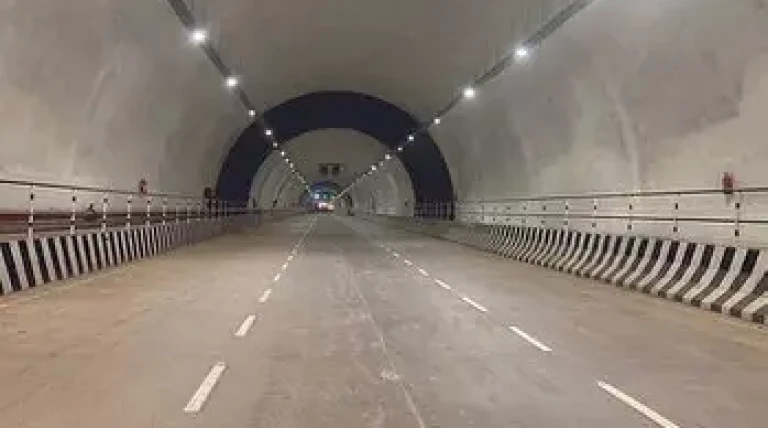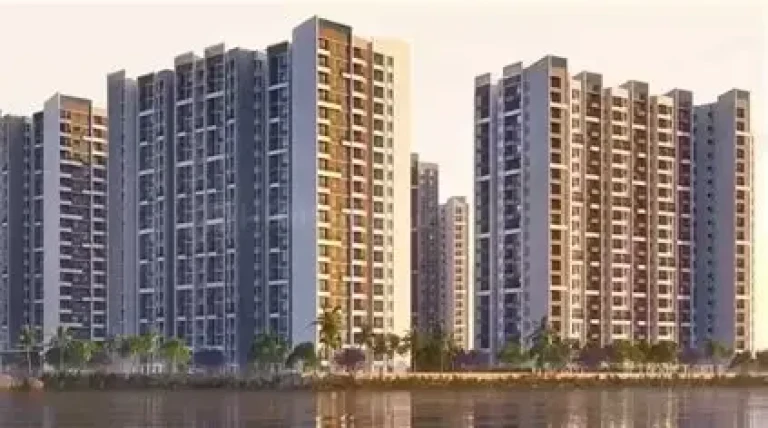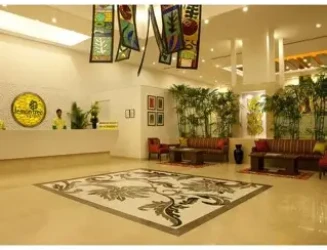The Mumbai Metropolitan Region Development Authority (MMRDA) is accelerating efforts to improve multi-modal connectivity and pedestrian accessibility around Metro stations across the city. This includes initiatives such as widening footpaths, constructing foot overbridges (FOBs), and upgrading pedestrian infrastructure to ensure safe and seamless access for Metro riders.
During a recent meeting with the Walking Project, a Mumbai-based pedestrian advocacy organization, the MMRDA reviewed strategies to enhance pedestrian movement around Metro corridors.
Vedant Mhatre, Programme Manager at the NGO, noted, “While MMRDA has expanded footpath widths around Metro stations, these improvements are limited to the immediate area around station entrances.” He pointed out issues such as excessively high footpaths exceeding the Indian Roads Congress (IRC) recommended height of 15 cm, lack of wheelchair-friendly curbs, insufficient tactile paving for the visually impaired, and inadequate hawking management.
To address these concerns, the multi-modal integration (MMI) plan seeks to improve last-mile connectivity through the development of new FOBs. Proposed projects include FOBs linking Ram Mandir railway station to Goregaon (East) Metro Station on Line 7, connecting Goregaon (East) Metro to Nirlon Knowledge Park, and providing a connection between Aarey Metro Station and Oberoi Mall. A recent addition to this initiative is the FOB linking Devipada Metro Station to Oberoi Skycity Mall, inaugurated alongside the mall.
In Vile Parle, where Metro Line 2B is under construction, the Walking Project is collaborating with MMRDA to improve connectivity between Metro stations, suburban railway stations, and nearby educational institutions. These efforts demonstrate MMRDA’s ongoing commitment to advancing urban mobility with inclusive, accessible infrastructure that serves all commuters.
News by Rahul Yelligetti.
![{[setting('site_name')]}](https://projxnews.com/uploads/setting/16983847711140531930.webp)












